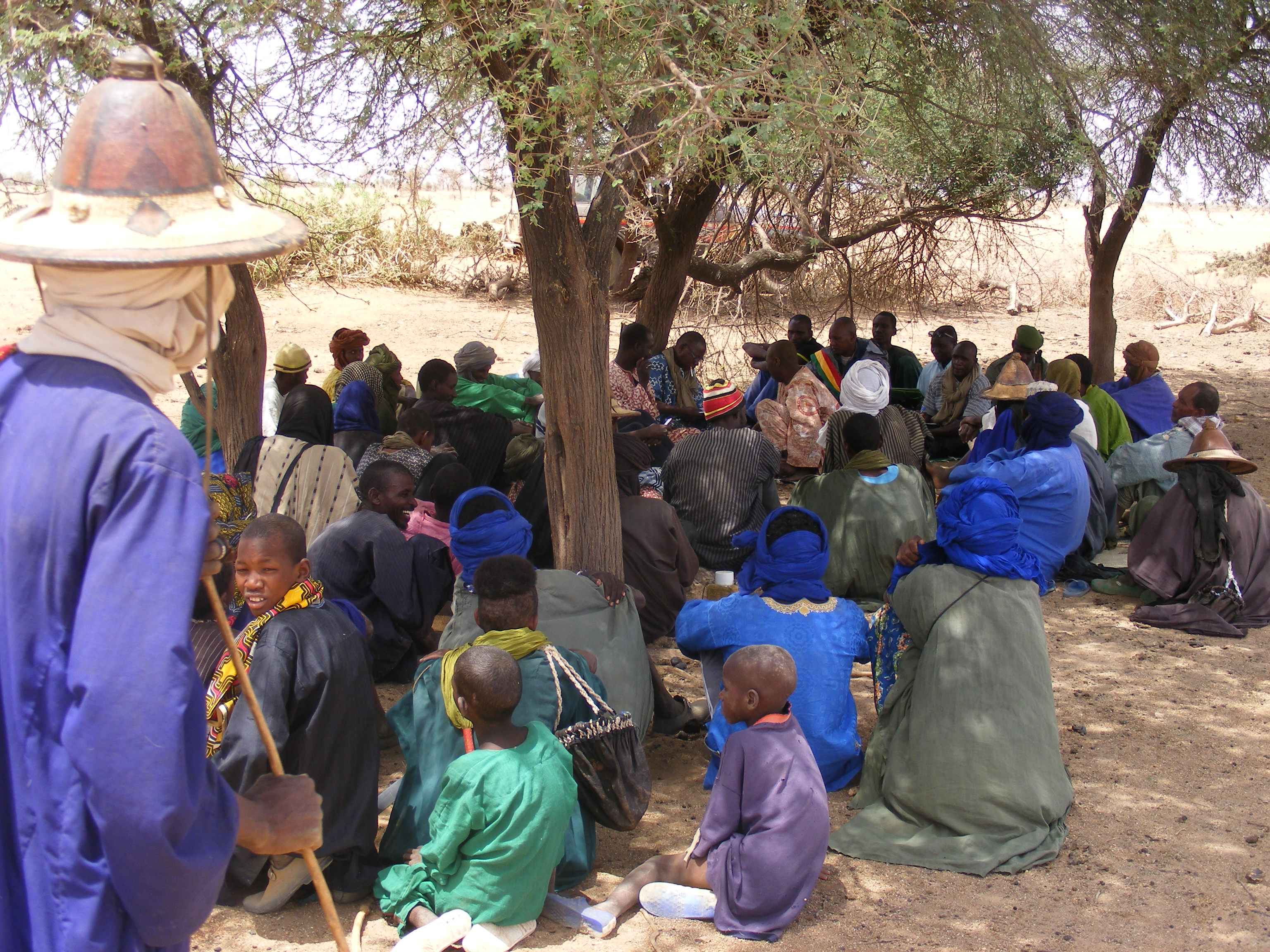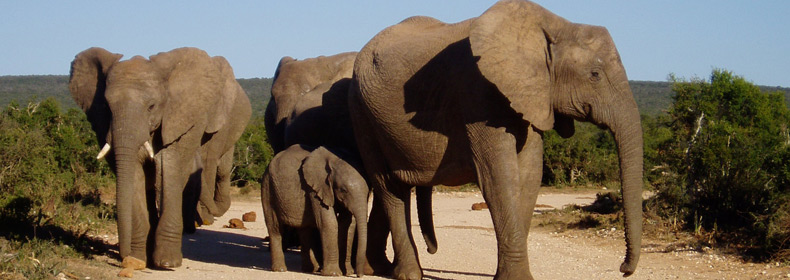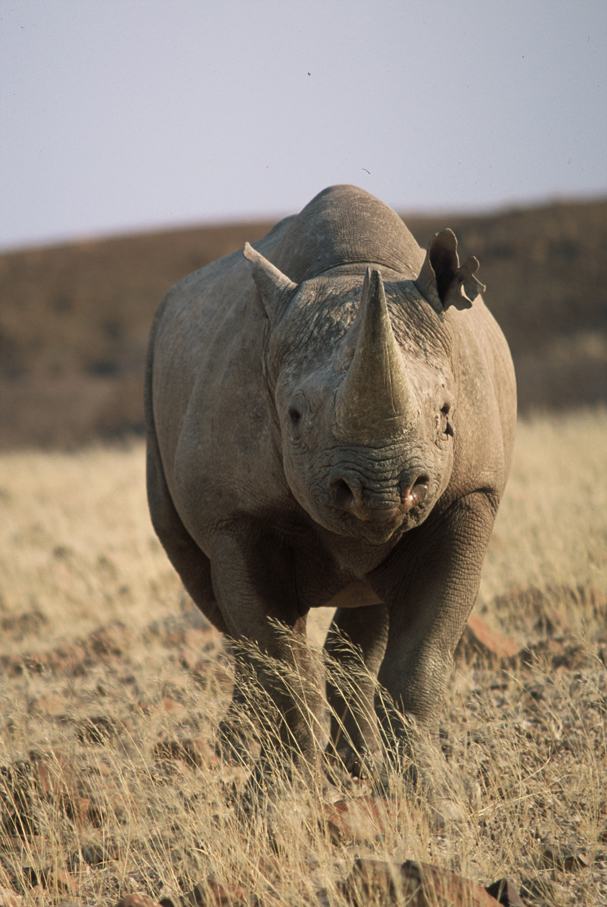IUCN event stimulates debate about the role of communities as first line of defence against illegal wildlife trade
How can we best engage local communities to help high value species survive when faced with the growing threat of illegal wildlife trade? This was the focus of discussions at a recent event organised by the International Union for Conservation of Nature (IUCN), which brought together representatives from local communities, governments, non-governmental organisations and donor agencies from across Africa and beyond.
Community representatives often emphasise the need to bring community voices to the forefront of global debates on biodiversity conservation. There have been frequent calls during the ongoing 17th meeting of the Conference of the Parties to the Convention on International Trade in Endangered Species (CITES CoP17) in Johannesburg, South Africa, for an intersessional mechanism to ensure more effective community participation. Communities are the first line of defence against illegal wildlife trade, and while their role in this regard is becoming increasingly recognised there is very little practical guidance on how to best engage them in different contexts.
It emerged from the discussions at the event that there is a wide range of different socio-economic settings of communities and contexts across Africa and beyond and that there can therefore be no specific ‘blueprint’ for engaging communities. For instance, the lessons emerging from communities practicing primarily a pastoralist livestock economy may not easily apply to communities in agro-ecological or more urbanised settings.
Also, in certain situations, for example when the street value of the illegally-traded commodity is extremely high, the ability of communities to effectively combat illegal wildlife trade may be severely constrained. Another issue generating a great deal of debate is whether investing in alternative non-wildlife livelihood options is effective in reducing community engagement in illegal wildlife trade.
These discussions provide valuable insights which will help develop and test a dynamic Theory of Change (ToC) around the issue of community engagement in combating illegal wildlife trade. ToCs have been widely used in conservation and community development as planning and evaluation tools. They provide a useful framework for setting goals and objectives against which results can be evaluated. This particular ToC seeks to better understand the conditions for successful and unsuccessful community-level interventions for tackling illegal trade in high value species, a critical but neglected element in current anti-poaching and trafficking strategies.
The ToC lays out critical causal pathways and assumptions for successfully engaging communities as partners in tackling and ultimately reducing the illegal trade. The four main pathways are strengthening disincentives for illegal behaviour, such as fines and other deterrents; increasing incentives for stewardship such as increased financial and non-financial benefits to local communities; decreasing costs of living with wildlife, for example by reducing human-wildlife conflicts; and supporting alternative non-wildlife livelihoods.
The event was co-hosted by the IUCN Eastern Africa Regional Office, IUCN’s Sustainable Livelihoods Specialist Group (SULi), a joint initiative of the Commission on Environmental, Economic and Social Policy (CEESP) and the Species Survival Commission (SSC), and the IUCN Species Survival Commission (SSC) African Elephant Specialist Group, and facilitated by Maxwell Gomera from the United Nations Environment Programme (UNEP). With financial support from the UK Department of Environmental Affairs Illegal Wildlife Challenge Fund, IUCN and partners are currently working in three community conservancies in Kenya testing the ToC to help generate recommendations for improved policy and practice.







